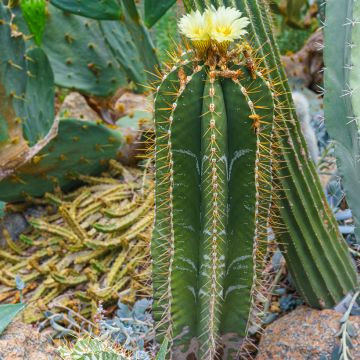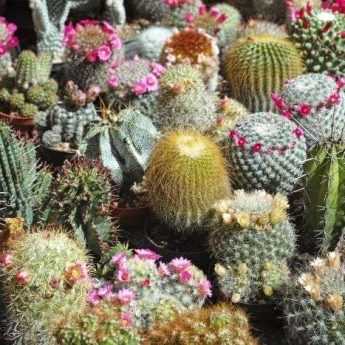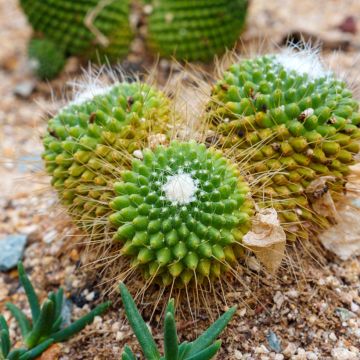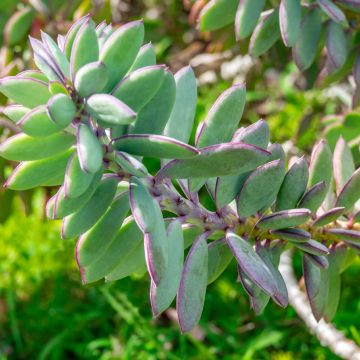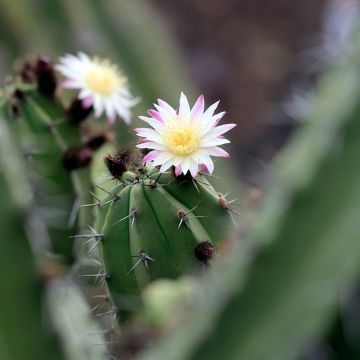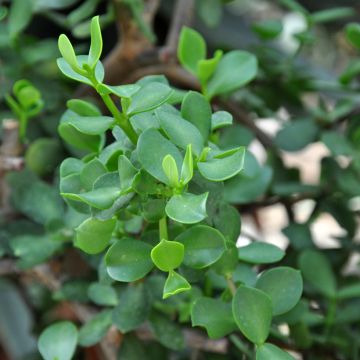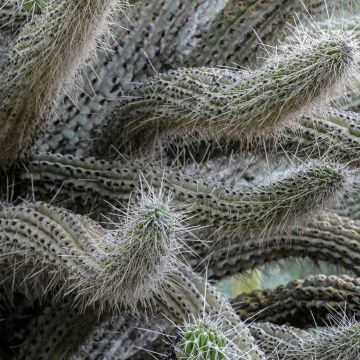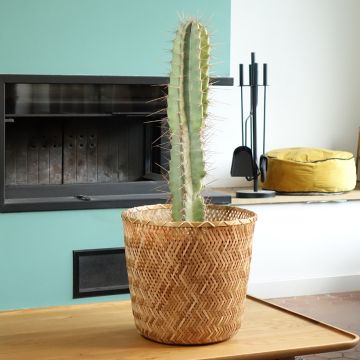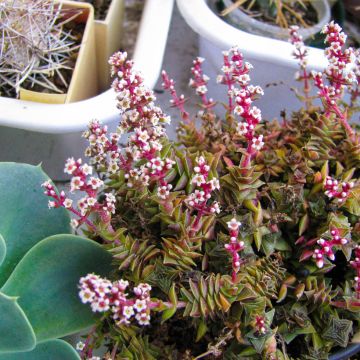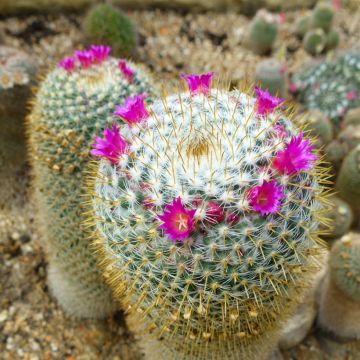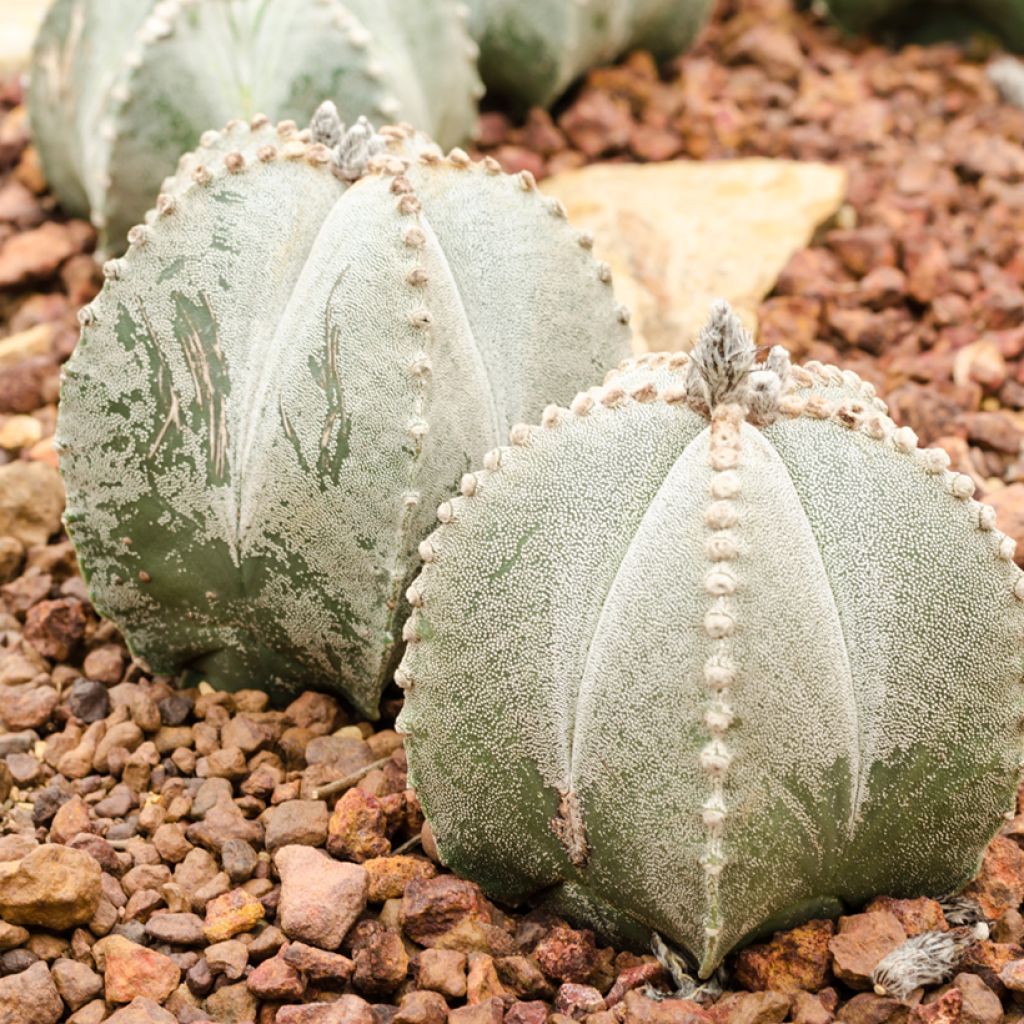

Astrophytum myriostigma


Astrophytum myriostigma
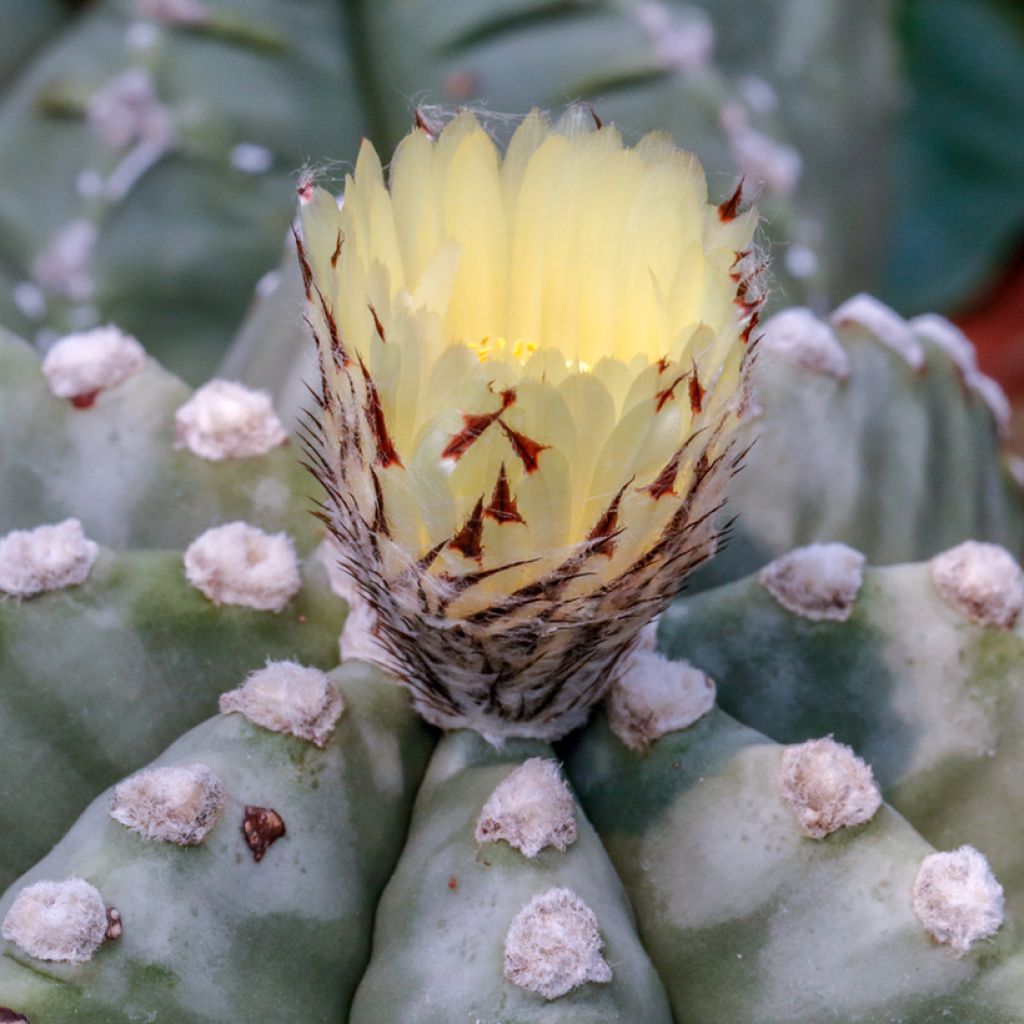

Astrophytum myriostigma


Astrophytum myriostigma
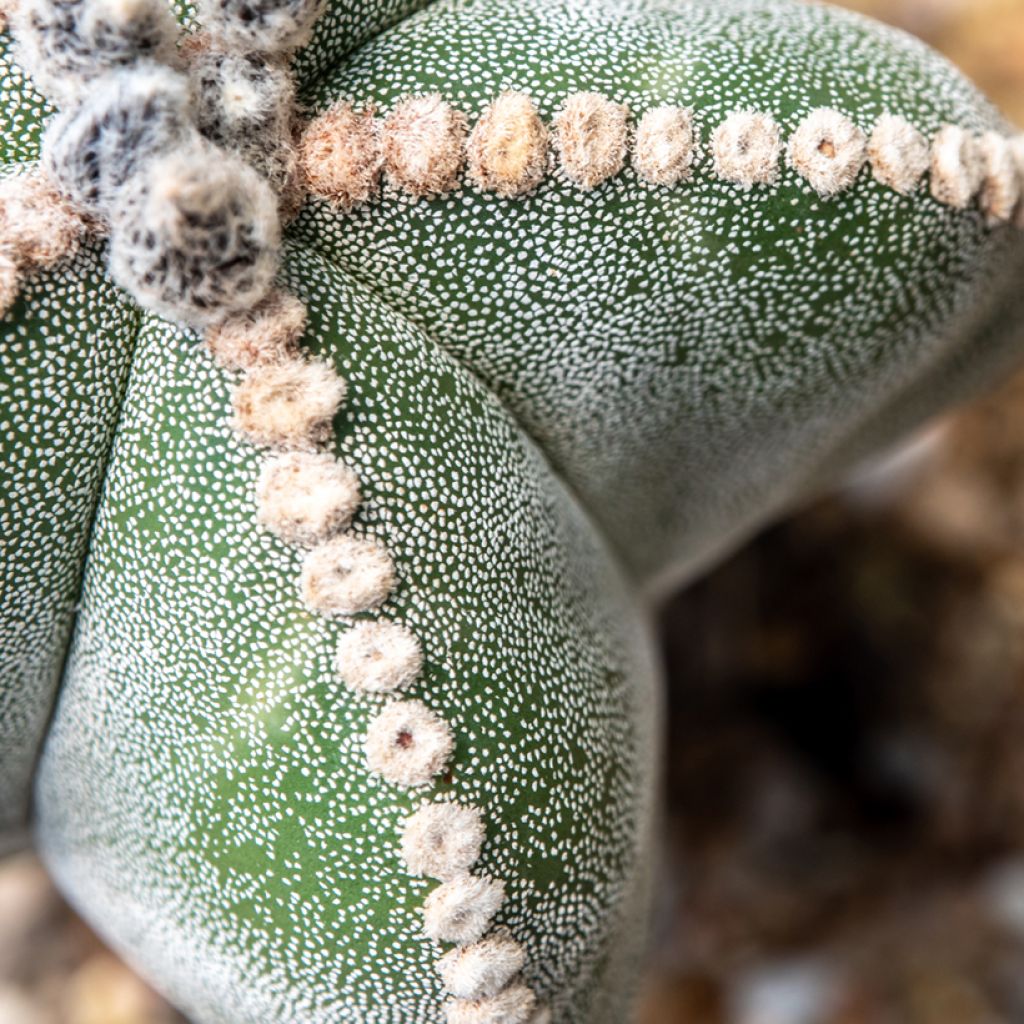

Astrophytum myriostigma
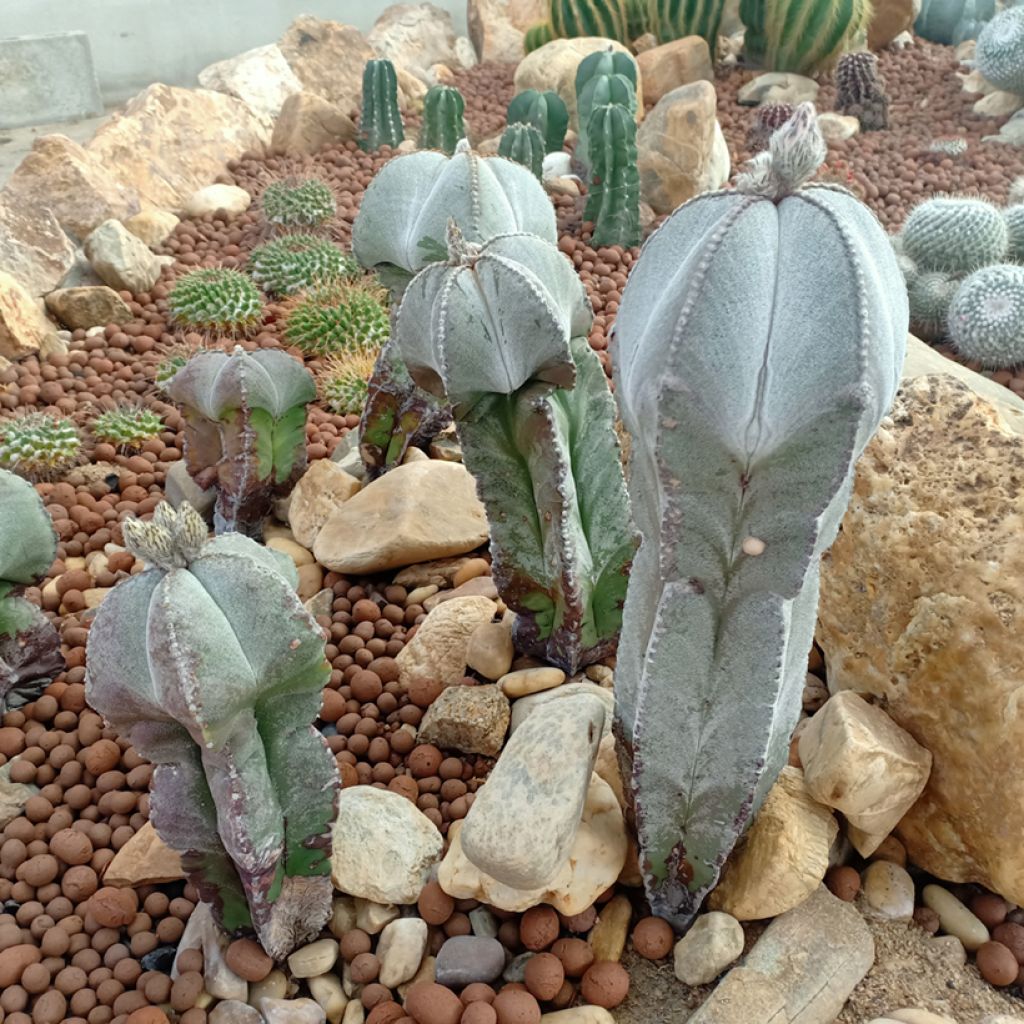

Astrophytum myriostigma
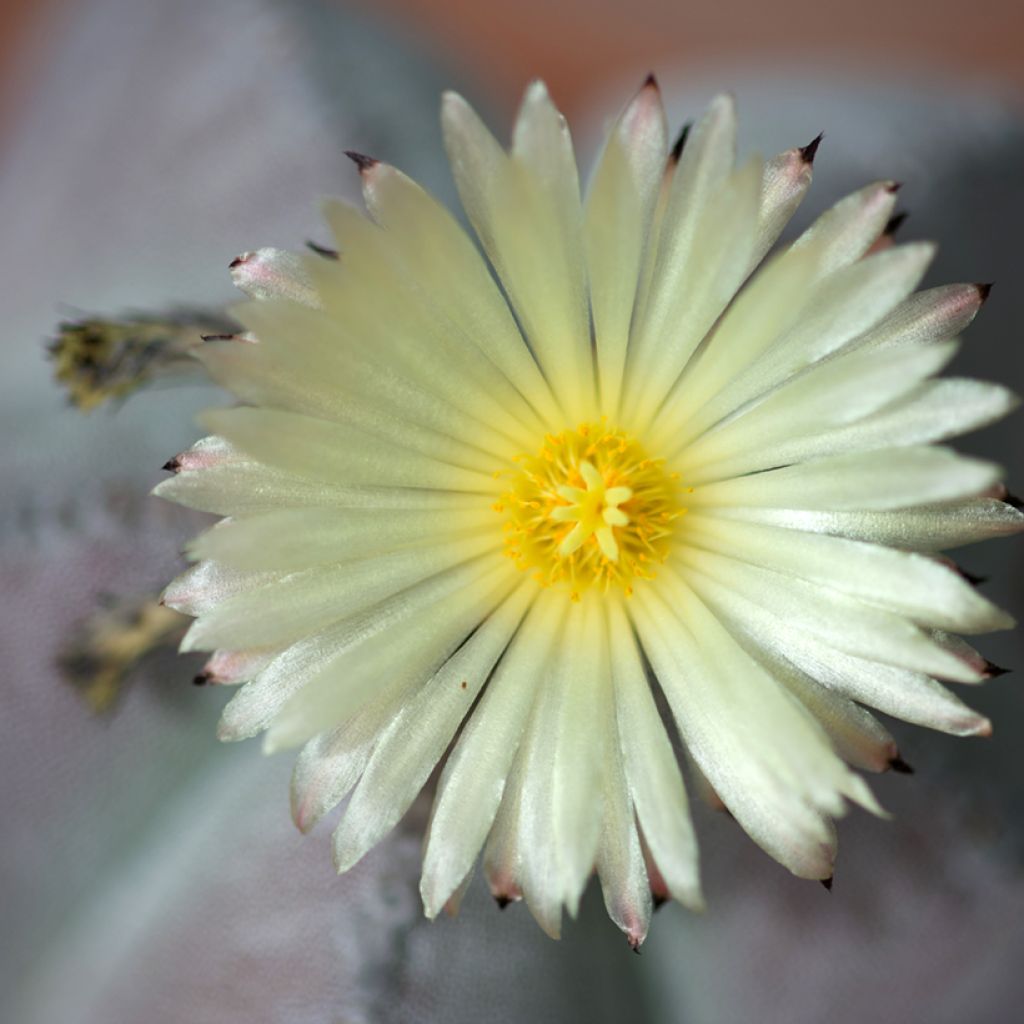

Astrophytum myriostigma


Astrophytum myriostigma
Astrophytum myriostigma
Astrophytum myriostigma
Bishop's Mitre
This item cannot be shipped to the selected country
Delivery charge from 6,90 €
More information
Shipping country:
-
-
-
-
-
-
-
-
-
-
-
-
-
-
-
-
-
-
-
-
-
-
-
-
-
-
-
-
-
-
-
-
Schedule delivery date,
and select date in basket
This plant carries a 30 days recovery warranty
More information
We guarantee the quality of our plants for a full growing cycle, and will replace at our expense any plant that fails to recover under normal climatic and planting conditions.
From 7,90 € for pickup delivery and 6,90 € for home delivery
Express home delivery from 8,90 €.
Description
Astrophytum myriostigma or Bishop's Mitre is a small solitary, spineless cactus which is initially globular and forms a very graphic star-shaped silhouette, with a green epidermis with white-grey flecks. It actually has a single stem with about 5 to 9 very wide and thick ribs, regularly arranged in the shape of a bishop's mitre. After 10 years, its stem eventually rises to a maximum height of 50 cm (20in). After 6 years of age, it also produces beautiful summer flowers, composed of large pale yellow waxy blooms that open in groups at the top of its stem. It is a frost-sensitive plant that thrives in drought conditions, full sun, and heat, found only in Mediterranean rock gardens but it can also be easily grown in pots that are stored indoors at the first signs of autumn frost.
Astrophytum myriostigma belongs to the Cactaceae family. It is widely distributed in the centre of the Chihuahua desert in central-northern Mexico and on the high plateaus up to 2,500 m (8ft) altitude. It is a persistent perennial without spines, and its thick and fleshy above-ground part allows it to withstand extreme droughts. In its native habitat, it can reach a height of 1 m (3ft) with a width of 20 cm (8in).
Astrophytum myriostigma has a rather slow growth and will only reach a maximum width of 15 cm (6in) and a height of 50 cm (20in) in our regions. It forms a solitary stem surrounded by 5 to 9 very pronounced and spineless ribs, giving it a wide and bulbous habit resembling a bishop's mitre. After a decade, its habit will become columnar. Its epidermis is flecked in white-grey and is slightly felted, giving it a dusted appearance. Flowering takes place in summer, from June to September. It takes the form of pale yellow waxy flowers, 4 to 8 cm (2 to 3in) in diameter, symmetrical and with numerous petals like wild daisies. They appear in groups at the apex of the cactus.
Plant Astrophytum myriostigma in a rock garden or on a well-drained slope if your garden is located by the sea, where frost does not exceed -4°C (24.8°F), along with the Cape Aster, Felicia amelloides, Delosperma, and Portulaca that appreciate the same conditions. Elsewhere, you can plant it in a nice pot, alone or in combination with other succulent plants such as houseleeks, for example.
Report an error about the product description
Astrophytum myriostigma in pictures




Foliage
Plant habit
Flowering
Botanical data
Astrophytum
myriostigma
Cactaceae
Bishop's Mitre
North America
Other Astrophytum - Cactus
View all →Location
Location
Maintenance and care
Potting advice, substrates and fertilisers
Houseplant care
Disease and pest advice
Maintenance and care
Planting & care advice
This item has not been reviewed yet - be the first to leave a review about it.
Similar products
Haven't found what you were looking for?
Hardiness is the lowest winter temperature a plant can endure without suffering serious damage or even dying. However, hardiness is affected by location (a sheltered area, such as a patio), protection (winter cover) and soil type (hardiness is improved by well-drained soil).

Photo Sharing Terms & Conditions
In order to encourage gardeners to interact and share their experiences, Promesse de fleurs offers various media enabling content to be uploaded onto its Site - in particular via the ‘Photo sharing’ module.
The User agrees to refrain from:
- Posting any content that is illegal, prejudicial, insulting, racist, inciteful to hatred, revisionist, contrary to public decency, that infringes on privacy or on the privacy rights of third parties, in particular the publicity rights of persons and goods, intellectual property rights, or the right to privacy.
- Submitting content on behalf of a third party;
- Impersonate the identity of a third party and/or publish any personal information about a third party;
In general, the User undertakes to refrain from any unethical behaviour.
All Content (in particular text, comments, files, images, photos, videos, creative works, etc.), which may be subject to property or intellectual property rights, image or other private rights, shall remain the property of the User, subject to the limited rights granted by the terms of the licence granted by Promesse de fleurs as stated below. Users are at liberty to publish or not to publish such Content on the Site, notably via the ‘Photo Sharing’ facility, and accept that this Content shall be made public and freely accessible, notably on the Internet.
Users further acknowledge, undertake to have ,and guarantee that they hold all necessary rights and permissions to publish such material on the Site, in particular with regard to the legislation in force pertaining to any privacy, property, intellectual property, image, or contractual rights, or rights of any other nature. By publishing such Content on the Site, Users acknowledge accepting full liability as publishers of the Content within the meaning of the law, and grant Promesse de fleurs, free of charge, an inclusive, worldwide licence for the said Content for the entire duration of its publication, including all reproduction, representation, up/downloading, displaying, performing, transmission, and storage rights.
Users also grant permission for their name to be linked to the Content and accept that this link may not always be made available.
By engaging in posting material, Users consent to their Content becoming automatically accessible on the Internet, in particular on other sites and/or blogs and/or web pages of the Promesse de fleurs site, including in particular social pages and the Promesse de fleurs catalogue.
Users may secure the removal of entrusted content free of charge by issuing a simple request via our contact form.
The flowering period indicated on our website applies to countries and regions located in USDA zone 8 (France, the United Kingdom, Ireland, the Netherlands, etc.)
It will vary according to where you live:
- In zones 9 to 10 (Italy, Spain, Greece, etc.), flowering will occur about 2 to 4 weeks earlier.
- In zones 6 to 7 (Germany, Poland, Slovenia, and lower mountainous regions), flowering will be delayed by 2 to 3 weeks.
- In zone 5 (Central Europe, Scandinavia), blooming will be delayed by 3 to 5 weeks.
In temperate climates, pruning of spring-flowering shrubs (forsythia, spireas, etc.) should be done just after flowering.
Pruning of summer-flowering shrubs (Indian Lilac, Perovskia, etc.) can be done in winter or spring.
In cold regions as well as with frost-sensitive plants, avoid pruning too early when severe frosts may still occur.
The planting period indicated on our website applies to countries and regions located in USDA zone 8 (France, United Kingdom, Ireland, Netherlands).
It will vary according to where you live:
- In Mediterranean zones (Marseille, Madrid, Milan, etc.), autumn and winter are the best planting periods.
- In continental zones (Strasbourg, Munich, Vienna, etc.), delay planting by 2 to 3 weeks in spring and bring it forward by 2 to 4 weeks in autumn.
- In mountainous regions (the Alps, Pyrenees, Carpathians, etc.), it is best to plant in late spring (May-June) or late summer (August-September).
The harvesting period indicated on our website applies to countries and regions in USDA zone 8 (France, England, Ireland, the Netherlands).
In colder areas (Scandinavia, Poland, Austria...) fruit and vegetable harvests are likely to be delayed by 3-4 weeks.
In warmer areas (Italy, Spain, Greece, etc.), harvesting will probably take place earlier, depending on weather conditions.
The sowing periods indicated on our website apply to countries and regions within USDA Zone 8 (France, UK, Ireland, Netherlands).
In colder areas (Scandinavia, Poland, Austria...), delay any outdoor sowing by 3-4 weeks, or sow under glass.
In warmer climes (Italy, Spain, Greece, etc.), bring outdoor sowing forward by a few weeks.

































